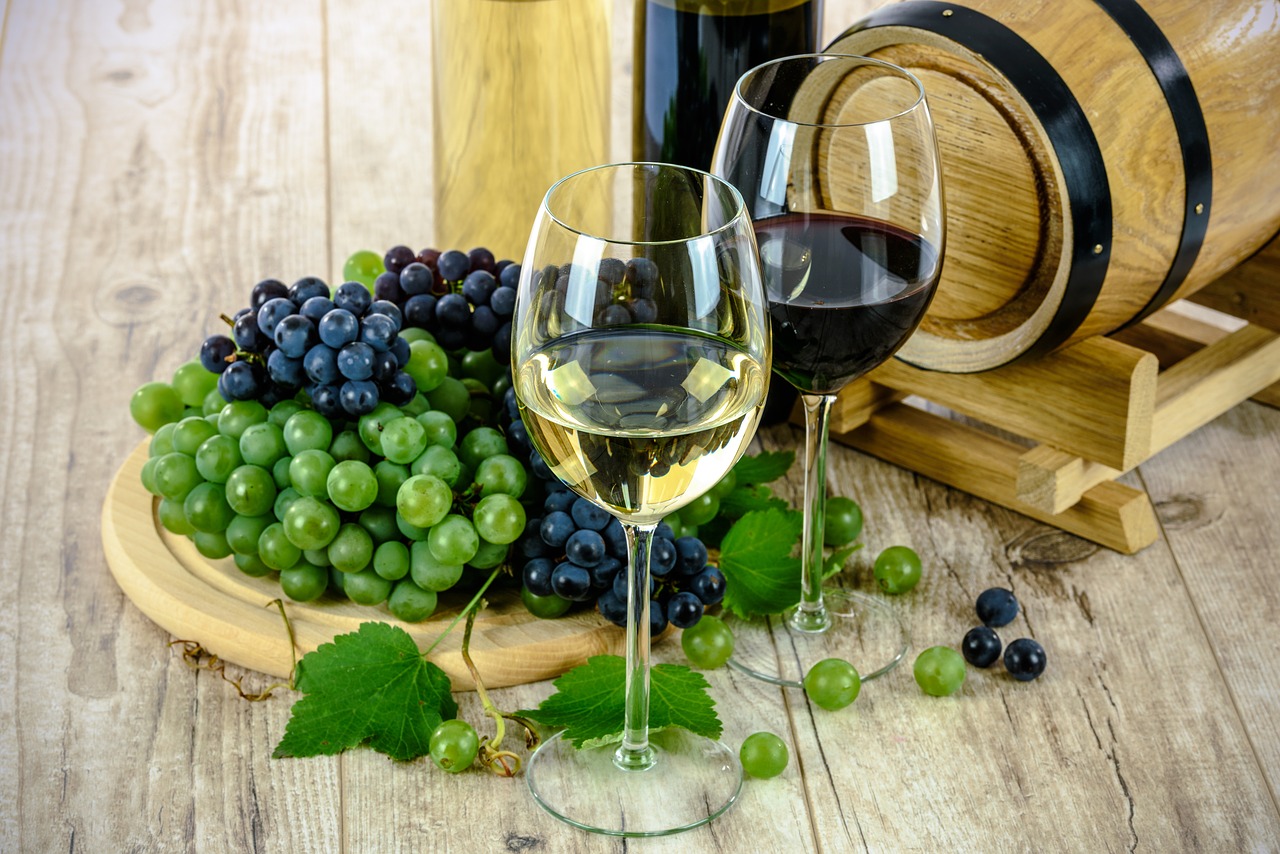Wine isn’t just a drink; it’s an experience. Every sip is like a story told through flavours, aromas, and textures. Sure, your tongue only detects the basic flavours of sweet, sour, salty, and bitter. However, when it comes to wine, your senses become overwhelmed. That swirl of fruity notes, the hint of oak, the dry grip on your tongue? That’s the magic of wine, and learning to decode it makes each glass way more exciting.
Whether you’re popping open your first bottle or trying to sound a little less awkward at a tasting, here’s your bubbly crash course. It covers the flavors of wine. Learn how to actually taste them.

Sweetness: The First Impression
Sweetness is often the first thing your palate notices. It comes from the natural sugars in grapes, some of which stick around even after fermentation. Think of it as the “hello” of the wine world. It’s immediate and welcoming. It sets the tone for the rest of the sip.
- Sweet wines: Moscato, Port, Riesling
- Dry wines: Sauvignon Blanc, Cabernet Sauvignon
Pro tip: Sweet doesn’t always mean dessert. Some wines only taste sweet because of ripe fruit flavours, even if they’re technically dry.
Acidity: The Zing Factor
Ever had a wine that made your mouth water? That’s acidity. It’s the crisp, refreshing backbone that keeps a wine from feeling flat or too heavy. Without it, wines would taste cloying, like overly sweet juice.
High-acid wines are the ones that pair beautifully with food—especially rich dishes. That tangy snap cuts through fat and salt, making each bite and sip feel fresh.
- Wines with high acidity: Pinot Grigio, Sauvignon Blanc, Champagne
Pro tip: If you like lemonade or tart apples, chances are you’ll love acidic wines.

Tannins: The Drama Queens
Tannins are the compounds from grape skins, seeds, and oak barrels that create that mouth-drying, slightly bitter feeling. Imagine sipping strong black tea—that same dry grip? That’s tannin.
They can be polarising. Some people love the structure and boldness; others find them overwhelming. But here’s the twist: as wines age, tannins soften, giving reds a velvety, elegant texture.
- High-tannin wines: Cabernet Sauvignon, Syrah, Nebbiolo
Pro tip: Tannic wines should be paired with protein-heavy foods like steak. The tannins bind to the protein. This makes the wine smoother and the steak juicier. Win-win.
Alcohol: The Sneaky Booster
You can’t exactly “taste” alcohol the way you taste sugar or acid, but you can feel it. Higher-alcohol wines feel fuller, warmer, and sometimes spicier. Alcohol also enhances aromas, so wines with more booze often seem more flavour-packed.
But there’s a catch: too much alcohol can overwhelm the palate and mask delicate notes. Balance is everything.

Oak: The Subtle Spice
If you’ve ever picked up hints of vanilla, caramel, or toast in your wine, thank the oak barrels. Smokiness in your wine? Thank the oak barrels. Ageing wine in oak adds complexity and smooths rough edges. Some wines are lightly kissed by oak, others practically live in it, which is why you’ll notice a big difference from one bottle to another.
- Classic oaked wines: Chardonnay, Rioja, Bordeaux reds
Pro tip: If you love buttery Chardonnay, that’s oak’s handiwork.
Beyond the Basics: Fruit, Spice, and Everything Nice
Once you’ve got sweetness, acidity, tannins, and oak down, the real fun begins—spotting all the secondary and tertiary flavours. Depending on the grape, climate, and ageing, wine can give you a rainbow of flavours:
- Fruity → berries, cherries, citrus, tropical fruit
- Herbal → mint, eucalyptus, fresh-cut grass
- Spicy → cinnamon, clove, pepper
- Earthy → mushrooms, leather, forest floor (fancy talk for “dirt vibes”)
It’s less about being “right” and more about noticing what you pick up.

How to Actually Taste Wine (Without Pretending You’re a Sommelier)
- Look – Tilt the glass. Whites range from pale lemon to deep gold; reds can be ruby, garnet, or even purple.
- Swirl – It’s not for show; swirling releases aromas.
- Sniff – Stick your nose in (no shame). Smelling is half the flavour experience.
- Sip – Let the wine coat your tongue. Notice sweetness, acidity, tannins, and body.
- Savour – See how long the flavour lingers. That finish is where wine really flexes.
Why wine tasting matters
Understanding wine flavours isn’t about being pretentious. It’s about enjoying wine more fully. When you know what to look for, you’ll:
- Pick bottles with confidence
- Pair wine with food more successfully
- Impress friends with casual tasting notes (“lovely blackberry with a hint of oak”)
Wine is social, celebratory, and yes — sometimes just the perfect way to unwind after a long day.
Final Sip
Wine doesn’t have to be intimidating. At its core, it’s just fermented grape juice with a personality. Learn to recognise sweetness, acidity, tannins, alcohol, and oak, and you’ll unlock a whole new level of appreciation.
So, next time you raise a glass, slow down, taste carefully, and let the flavours tell their story. Cheers to that.
FAQs About Wine Flavors and Tasting
What are the main flavours in wine?
The five key flavour components in wine are sweetness, acidity, tannins, alcohol, and oak. Beyond these, you may notice fruity or herbal notes. Spicy or earthy notes might also be present. It depends on the grape and how the wine was made.
What are tannins in wine?
Tannins are natural compounds found in grape skins, seeds, and stems. They create the dry, mouth-puckering sensation you feel when drinking bold red wines. Tannins add structure and help wines age gracefully.
Which wines are sweet?
Popular sweet wines include Moscato, Riesling, and Port. However, some wines taste fruity even when they’re technically dry, due to ripe grape flavours.
Which wines are dry?
Dry wines have little to no residual sugar. Common dry wines include Sauvignon Blanc, Pinot Grigio, Cabernet Sauvignon, and Merlot.
How do you taste wine like a professional?
Professional wine tasting follows five steps: look, swirl, sniff, sip, and savour. This helps you notice the appearance, aromas, flavours, and finish of the wine.
Why does wine taste different when aged?
As wine ages, tannins soften and flavours develop complexity. Red wines become smoother and more velvety, while white wines can gain richness and deeper notes over time.
What wine pairs well with steak?
Bold, tannic red wines such as Cabernet Sauvignon, Syrah, or Malbec pair perfectly with steak. The tannins bind with the protein, softening the wine and enhancing the flavour of the meat.
Is wine tasting only for experts?
Not at all. Wine tasting is for everyone. You don’t need to be a sommelier to enjoy it — just pay attention to the flavours and aromas you notice. The more you practise, the more confident you’ll become.


